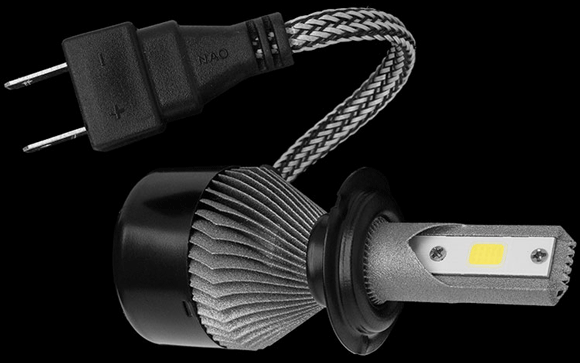Betatype demonstrates optimised high-volume metal AM for the automotive industry
August 16, 2018

Betatype’s optimised build enabled 384 LED heatsinks to be stacked on the same build plate (Courtesy Betatype)
Betatype, London, UK, has released a case study demonstrating how the combination of its process optimisation technology and a knowledge of process economics can enable metal Additive Manufacturing to be cost-effectively applied in the automotive industry.
Metal Additive Manufacturing has been considered by some to be incapable of meeting the automotive market’s needs, such as the production of high volumes of parts at low costs. While die casting and other traditional manufacturing processes can manufacture millions of components per year, AM processes such as Laser Powder Bed Fusion (LPBF) can add value by delivering geometric complexity with the least amount of material possible, but are perceived as not typically economical at high volumes.
Betatype stated that, using its expertise and technology portfolio, it has been able to demonstrate that it is possible to combine the geometric capabilities of AM with increased production volumes of cost-effective parts. “With the right part, it is completely possible to break with conventional thinking about what LPBF is capable of, both in terms of what can be built, how and how many,” the company stated.
The published case study looks at the use of LPBF to produce heatsinks for LED automotive headlights, an application area which poses new challenges in thermal management. Typically, these components require comparatively large heatsinks which are often actively cooled. Betatype states that the specific geometry for these metal parts makes them ideal for LPBF production, with its ability to consolidate multiple manufacturing processes into a single production method.
By designing the heatsinks specifically for manufacturing by LPBF, Betatype was able to incorporate in-built support features, which allowed multiple headlight parts to be stacked on top of each other on the build plate during manufacturing, without the need for additional supports. Due to the design of the internal support structures, the company reported that it was possible to snap apart the finished parts by hand, without the need for further post-processing.
Stacking can be very difficult during LPBF manufacturing, due to the thermal stresses involved in the process, but Betatype stated that it was able to achieve this by intelligently designing the structure to reduce thermal stresses, minimising thermal distortion. This enabled a series of components to be nested together to maximise the build volume, making it possible to additively manufacture 384 parts at once within a single build envelope on an EOS 280M machine.

An example of the complete aftermarket product incorporating the metal AM component (Courtesy Betatype)
To enhance the build speed, Betatype used specific control parameters to adjust the LBPF process so that the exposure of the part in each layer to a single toolpath, where the laser effectively melted the part, was reduced significantly, with minimal delays in between. This, coupled with a number of optimisation algorithms and process IP, reduced the build time of each part from 1 hour to under 5 minutes.
Reducing build times is key to making parts more cost-effective with LPBF. The use of Betatypes’ optimisation technology and effective part design was said to have brought cost-per-part down from roughly €34 (approx $39) to under €3 (approx $3).
Using single-laser medium frame (SLMF) Additive Manufacturing systems, such as the EOS M280 and Renishaw RenAM500M, Betatype was able to reduce build time from 444 hours to less than 30 hours for the batch of 384 parts. Using multi-laser medium frame (MLMF) systems (SLM Solutions 500, Renishaw RenAM500Q), build time was further reduced to under 19 hours, representing a 19x gain in productivity over a year of production per system, from 7,055 parts per year to 135,168.
With as few as seven machines running this optimised process for a year, Betatype forecast that production volumes could approach 1 million parts, representing a major step toward meeting the automotive industry’s demands in terms of both volume and cost-effectiveness. This could in turn allow metal Additive Manufacturing to compete with conventional manufacturing technologies in key markets, marking a major step toward its broader industrialisation.
















